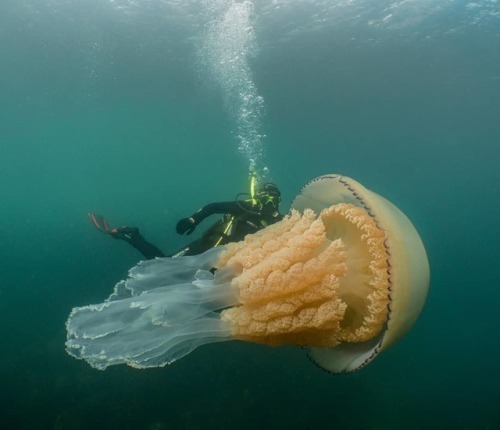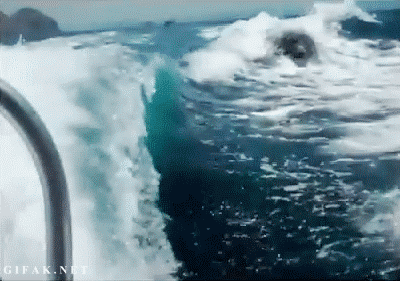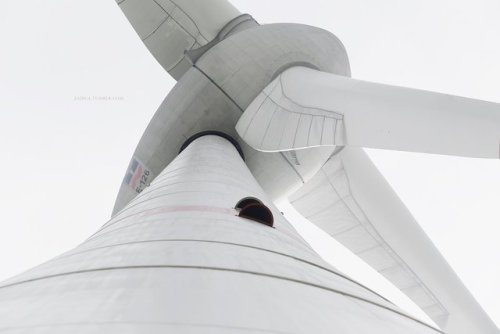Chris Howard's Blog, page 38
July 16, 2019
July 14, 2019
Our moon is especially beautiful and bright tonight. Notes:...
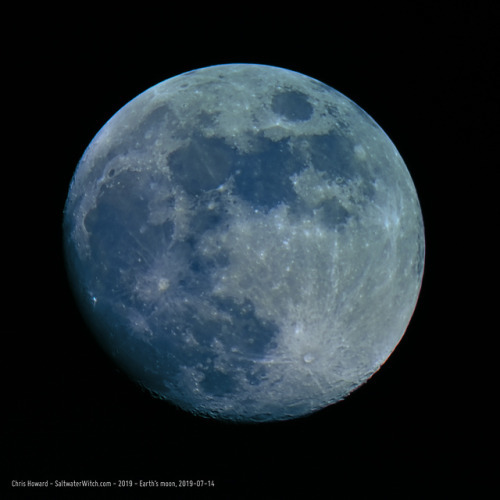
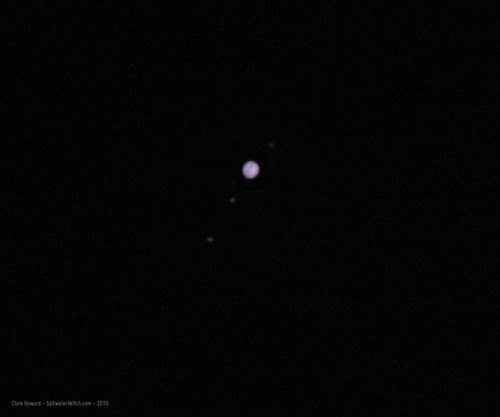
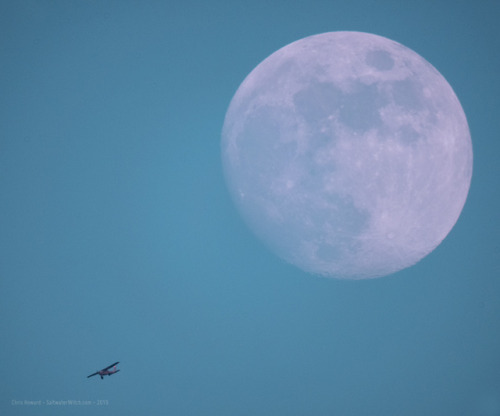
Our moon is especially beautiful and bright tonight. Notes: AstroTech 6" Ritchey–Chrétien f/9 1350mm, Nikon D750 32 x 1/500 sec, ISO 3200, stacked in AutoStakkert 3.0.14. What’s cool, is Jupiter is just up along the ecliptic from the moon, and I swung the same setup there and captured a very dim shot of our system’s largest planet along with three moons, Europa, Io, and Ganymede.
And another one from earlier this evening, a plane flying through while I was setting the focus on the Nikon/AstroTech.
July 12, 2019
One more from Monday’s narrowband imaging run. Nebula...
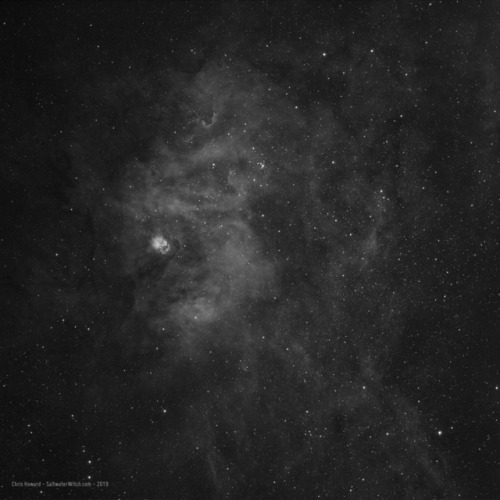
One more from Monday’s narrowband imaging run. Nebula Sh2-54 is about 5000 lightyears away in the constellation Serpens. It’s part of a long band of nebulosity that extends almost ten degrees through the Eagle Nebula (M16) and Swan/Omega Nebula (M17) beyond that. NGC 6604 is the cluster of stars above and to the right of the brightest knot of the nebula. This is the final target from Monday’s imaging run. Imaging notes: William Optics GT81, ZWO ASI1600MM-Pro, Astronomik Ha 6nm filter, 30 stacked 3 minute exposures, no calibration frames. https://SaltwaterWitch.com
July 11, 2019
NGC 7830 is the star cluster surrounded by the Wizard Nebula, an...
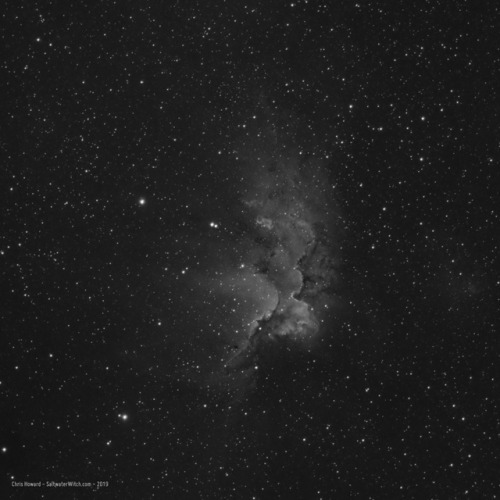
NGC 7830 is the star cluster surrounded by the Wizard Nebula, an HII region about 7200 lightyears away in the constellation Cepheus. This is another H-alpha set from the other night. William Optics GT81, ZWO ASI1600MM-Pro, Astronomik Ha 6nm filter, 30 stacked 3 minute exposures, no calibration frames.
July 9, 2019
NGC 281, called the Pacman Nebula for obvious reasons is an HII...
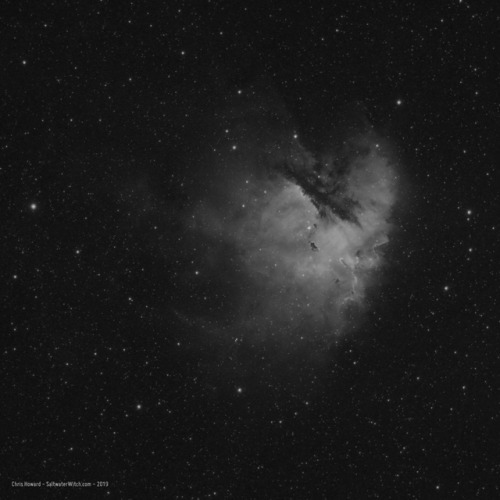
NGC 281, called the Pacman Nebula for obvious reasons is an HII region in Cassiopeia. Pacman has some amazing features including a batch of really distinct Bok Globules, those small dark nebulae full of cosmic dust that may be playpens for newborn stars. William Optics GT81, #ZWO ASI1600MM-Pro, #Astronomik Ha 6nm filter, 30 stacked 3 minute exposures, no calibration frames. Work in progress from last night’s imaging run. https://SaltwaterWitch.com
July 7, 2019
Our beautiful waxing crescent moon.
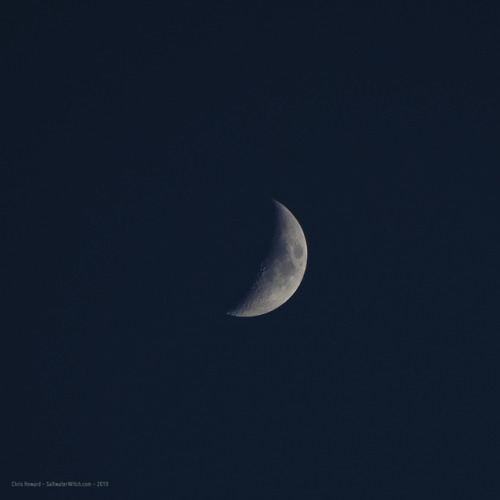
Our beautiful waxing crescent moon.
Here’s my test setup for tonight–testing the DIY...
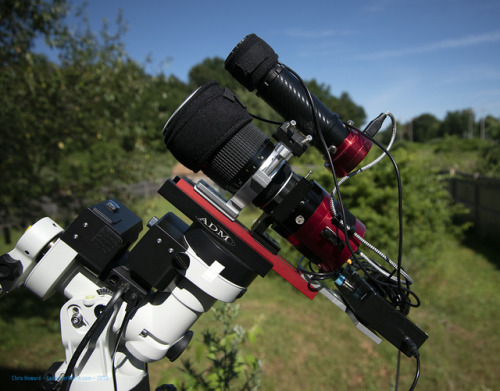
Here’s my test setup for tonight–testing the DIY Pocket Powerbox. This is my ZWO ASI071MC with a Nikon 180mm f/2.8 lens, ZWO ASI120MM-S + 130mm guiding, on my trusty old iOptron CEM25P mount. That’s my prototype pocket powerbox on the back, behind the main imaging camera. I’m going to be doing some long exposure color shots in Vulpecula–Sh 2-92, NGC 6820.
Tonight I’ll be testing out the prototype for my DIY...
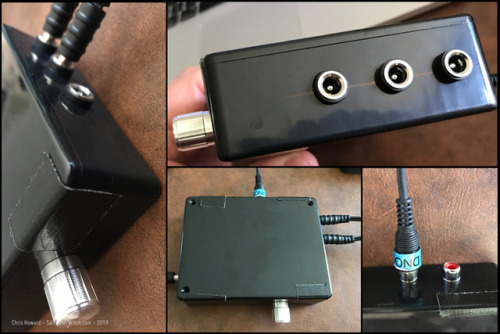
Tonight I’ll be testing out the prototype for my DIY version of the Pegasus Astro Pocket Powerbox–well, a manual operation version. There’s no ASCOM or INDI support, but with what I’ve put together here–12vdc line in, 3 x regulated 12v dc 4 amp out, 2 x PWM-controlled dew control RCA jacks (potentiometer with the silver knob controls output temp). Add an Arduino, a few relays, and a temp sensor and I can build all the powerbox features I use. One reason I’m going down this path (I have a pocket powerbox on my GT81 narrowband setup and I love it) is that the Pegasus Astro version doesn’t provide 5v dc output, and I want 5v with up to 4 amps out to power the Raspberry Pi 4 + 4GB RAM I’ll be building out later this year, running INDI/Ekos/Kstars or Stellarmate. There’s also a big price difference. I threw this together for about 15 USD, and I think I paid $180 for the PPB. I’ll let you know how it goes!

